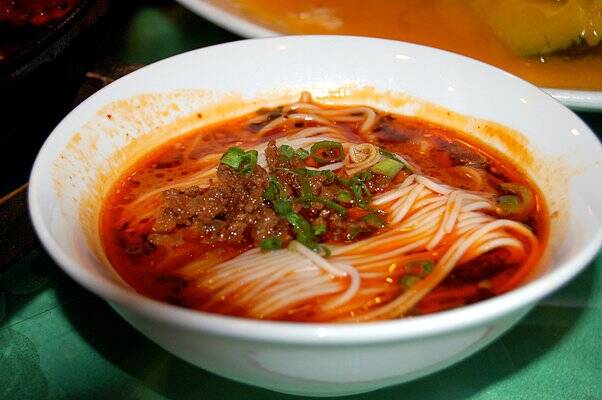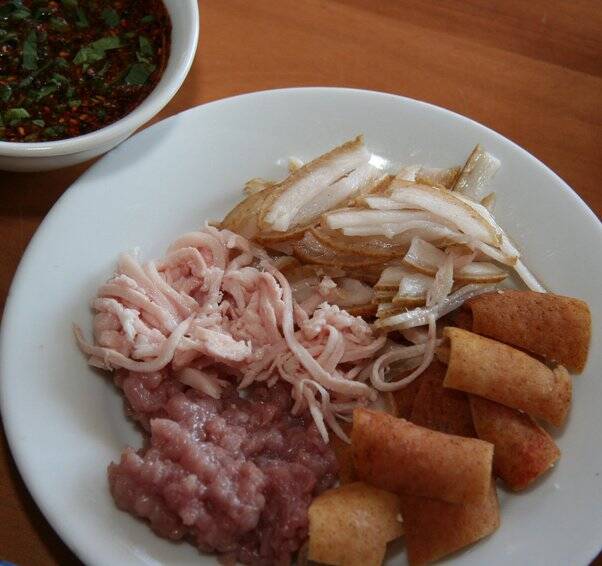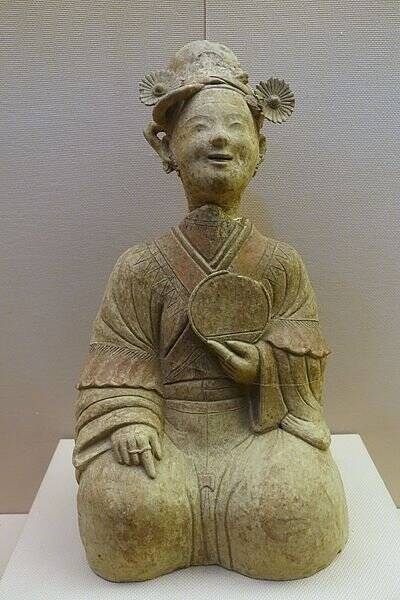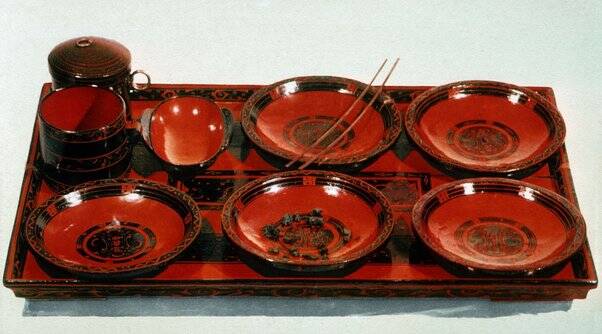主题: 中国食物和日本食物有什么不同之处?
其一:
What are the differences between Chinese and Japanese food?
Feng Jiaxin
It might make more sense to compare “European cuisine” as a whole to Chinese cuisine rather than Chinese cuisine with Japanese.
在食物烹饪上,比起比较中国和日本的不同,欧洲和中国的差异更明显。
China has a far larger landmass and a greater cultural diversity than Japan which lends itself to a more diverse cuisine.
中国有着比日本更大的土地面积和更丰富的文化多样性,这使得中国拥有更多样料理方式。
Regional Japanese cuisine exists but the differences are very minor when compared to the stark differences you can observe between regional Chinese cuisines.
中国的烹饪方式在不同地区有很明显的差异,与其相比,日本料理地区间的区别虽然有,但是微乎其微。
The most divergent Japanese cuisines are the ones produced by the Ryukyuan and Ainu ethnic minorities.
区别最大的日料当属于琉球和阿努伊少数民族的料理。(?)
I always thought it was strange how Italian cuisine was more diverse than Japanese cuisine despite Italy being the smaller country in both land and population size when compared to Japan.
我一直很奇怪,为什么意大利在土地面积和人口数量上,都要比日本小,但是意大利的料理反而比日本更丰富?(意呆利比较享受?日本社畜多!)
I need to address that the highest rated answer to the question makes no sense.
我必须说明一下,这个问题的最高赞答案毫无道理。(666)
It characterises Chinese cuisine as being like “fire” — that it is spicy and uses high levels of heat to stir fry dishes.
它描述的是,中国料理以用火烹饪为特征,一道菜在大火高温下翻炒煎熟,再加以各种佐料最终出炉。
Stir frying has been around since the Han dynasty but it didn’t become mainstream until the Ming dynasty when fuel costs became affordable for the average person.
炒菜的技术自汉朝出现,但是直到明朝,燃料对于普通人也可以轻易获得时,它才成为主流。



